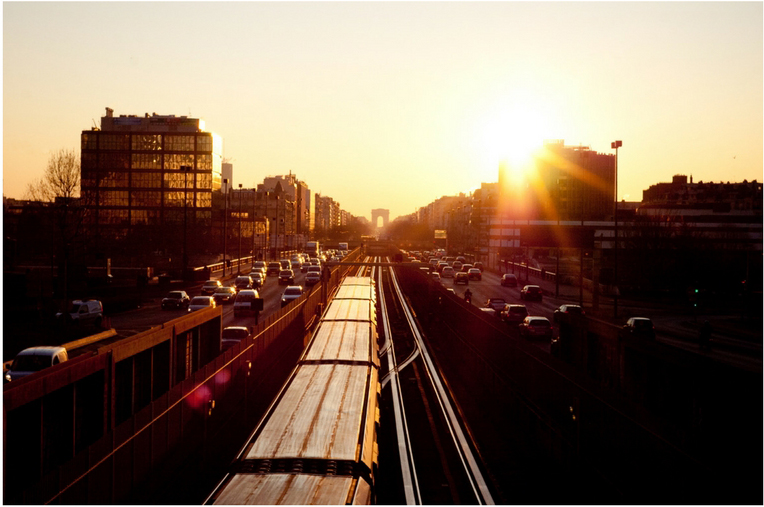Is Hyperloop the Transportation of the Future?
May 9, 2017
With the constant evolution of technology, it’s no surprise that new transportation visions have emerged. One such advance is Hyperloop.
Hyperloop uses a custom electric motor to accelerate and decelerate a levitated pod through a low-pressure tube, causing no turbulence, according to the company. Think of it as a life-sized bank pneumatic tube.
Hyperloop will allow pods filled with people or goods to move at airline speeds for a low price. This form of transportation will be safe and energy efficient, according to the Hyperloop website, which calls it “broadband for transportation.”
The company’s website claims, “We’re not selling transportation, we’re selling time.” For example, the site shows the differences in time spent traveling a 443-mile trip between Melbourne and Sydney, Australia. By car, the trip would take ten hours, by plane it would take four and a half hours, and by Hyperloop it would take 55 minutes.
The company is also creating jobs. CEO Rob Lloyd says, “We’re creating blue collar [jobs and] white collar jobs with an all-American solution that is being designed here and can be built here.” He also states that the system would only cost two-thirds of what high-speed railway, such as a bullet train, would cost.
According to Hyperloop One, which is based in Los Angeles and Nevada, the goals are to have routes in five countries and to be able to move cargo by 2020 and passengers by 2021.
The biggest problem with transporting people by Hyperloop is maintaining the vacuum. According to Satbir Singh, a professor at Carnegie Mellon, if air leaks during transportation or when people board into the pods, they won’t be able to travel at top speed. Other problems that can occur are the speeds of pod acceleration and deceleration and the gravitational forces of possible turns that could cause people to become sick.
The latest development in Hyperloop travel was a propulsion test of the prototype system outside of Las Vegas, Nev. The prototype consists of a 500-meter track and a pod that goes 116 mph, according to “CNN Technology.”
However, according to “USA Today,” the construction of the actual system won’t have the green light until 2018 when Hyperloop One will announce the winning teams that will get to pick where the system will be built and get the financial support it needs to start.
Tesla and SpaceX CEO Elon Musk originated the idea of Hyperloop in 2013. Once this idea was out, Hyperloop One and Hyperloop Transportation Technologies, as well as other teams, wanted to make this idea a reality. This prompted Musk to sponsor the Hyperloop Pod Competition to find the design for the pods.
The second part of the competition — Hyperloop Pod Competition II — is scheduled for August 2017. It will focus on the speed of the pods.ka


